#leon shamroy
Explore tagged Tumblr posts
Text









The Telltale Heart (1928)
[letterboxd | imdb]
Directors: Charles Klein & Leon Shamroy
Cinematographer: Leon Shamroy
Performers: Otto Matieson, William Herford, Hans Fuerberg, Charles Darvas
#1920s#1928#Charles Klein#Leon Shamroy#Edgar Allan Poe#cinema#independent film#my gifs#american film#silent film#Otto Matieson#experimental film#silent cinema#horror film#horror#spooky season#short film#avant-garde film#avant-garde cinema#cinematography#filmblr#silent movies#film
67 notes
·
View notes
Text





Frank Tashlin, Elvis Presley, & Leon Shamroy
~ October 2, 1956
#Elvis Presley#Elvis History#Elvis#October 2nd 1956#The King of Rock n' Roll#Frank Tashlin#Leon Shamroy#1956#Oct 2nd 1956#King of Rock n Roll#1950s
29 notes
·
View notes
Text










Beloved Infidel (1959) dir. Henry King
#beloved infidel#1959#henry king#leon shamroy#deborah kerr#gregory peck#1950s#screencaps#june 2024#3.5/5
28 notes
·
View notes
Text


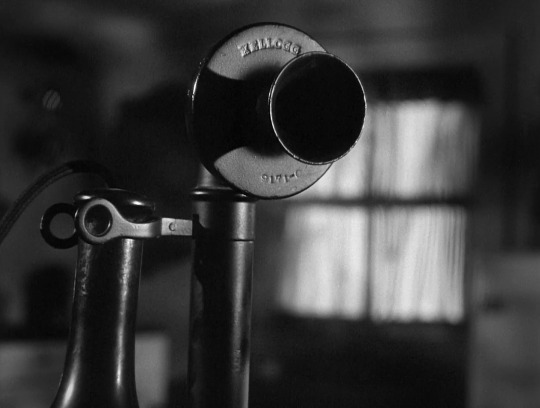
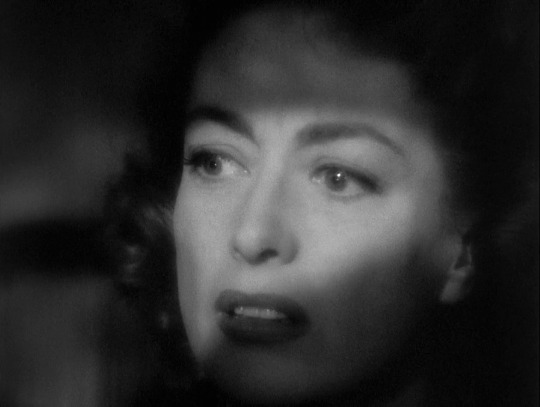

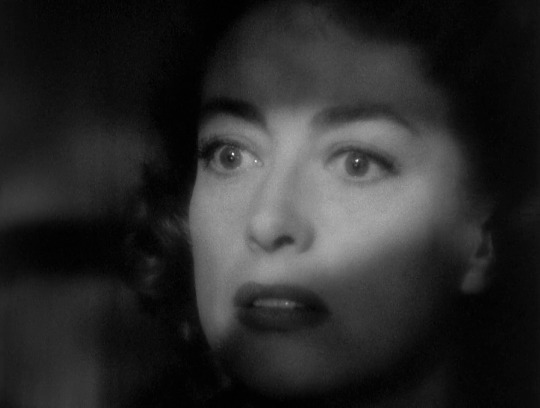

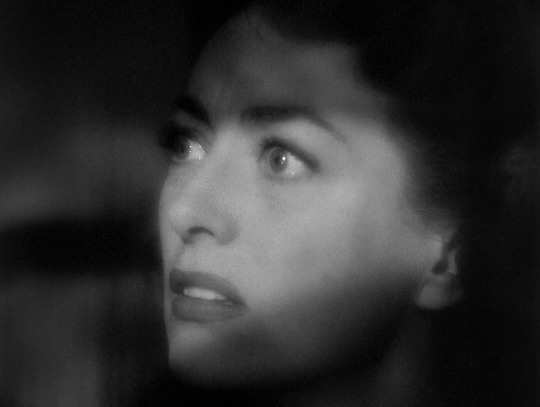

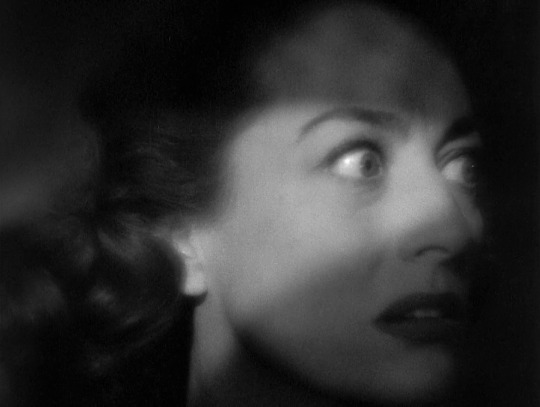
Daisy Kenyon (Otto Preminger, 1947).
#daisy kenyon#otto preminger#joan crawford#Leon Shamroy#Louis R. Loeffler#George W. Davis#Lyle R. Wheeler#Thomas Little#Walter M. Scott
26 notes
·
View notes
Text

The Robe (1953)
Henry Koster’s The Robe, distributed by 20th Century Fox, appeared near the beginning of an era where religious epics and sword-and-sandal films became massive box office draws worldwide. Cecil B. DeMille’s Samson and Delilah (1949) and Mervyn LeRoy’s Quo Vadis (1951) had already laid the foundation on which Koster’s film, adapting Lloyd C. Douglas’ novel of the same name, would find its success. Despite The Robe being highly influential in Hollywood and becoming the highest-grossing film of 1953, the likes of DeMille’s The Ten Commandments (1956) and William Wyler’s Ben-Hur (1959) overtook it artistically and financially – no shame there, as those are two far superior films.
So what is The Robe’s claim to movie history beyond its initial theatrical earnings? When The Robe first came to theaters, 20th Century Fox advertised it as the first film ever made in CinemaScope. Created by Fox’s president, Spyros P. Skouras, CinemaScope was a format in which a widescreen camera lens contracted its widescreen shots onto regular 35mm film and, during theatrical projection, another lens would de-contract the image from the 35mm film in order to project a widescreen format. Theaters would only need to make minor, inexpensive modifications to their projectors in order to show a film in true CinemaScope, a 2:55:1 widescreen aspect ratio. Almost all other films were shot in the Academy ratio at the time (1.37:1, close to the 4:3 ratio – think: black bars on the left- and right-hand sides of a widescreen monitor – seen on many older standard computer monitors and televisions). With increasing competition from television, Fox executives believed CinemaScope could be a way to lure audiences back into theaters. Despite this overreaction from Fox’s executives (as well as the other major Hollywood studios), the legacy of CinemaScope’s innovation is still apparent today. Seven decades later, widescreen formats, not the Academy ratio, are the default in film and television.
Walking through the markets of Rome, returning Roman Empire tribune Marcellus Gallio (Richard Burton) reunites with his childhood sweetheart, Diana (Jean Simmons), who is now promised to Marcellus’ rival, Caligula (an always-sneering Jay Robison). Not long after, Marcellus – out of pettiness rather than financial sense – outbids Caligula for the Greek slave, Demetrius (Victor Mature). Marcellus immediately frees Demetrius, but Demetrius thinks of himself as honor-bound to stay by Marcellus. Elsewhere, an incensed Caligula reassigns Marcellus to Palestine – which, to the film’s Roman characters, might as well be the armpit of the Roman Empire. Marcellus and Demetrius go to Jerusalem, where they witness a man named Jesus enter the city, heralded by crowds of Jews greeting him with palms. Several days later, Judean Governor Pontius Pilate (Richard Boone) orders Marcellus to crucify Jesus on Calvary. Marcellus executes the order but, during and after the crucifixion, witnesses and experiences supernatural events. Demetrius, who has become a follower of Jesus during that week, obeys Marcellus when he asks him to fetch Jesus’ robe. The moment Marcellus dons the robe, he suffers something like a seizure. He falls out with Demetrius, and spends the rest of the film reckoning with his conscience over his role in Jesus’ crucifixion.
The film also stars Michael Rennie as Peter, Dean Jagger as Justus, Torin Thatcher as Senator Gallio, and Ernest Thesiger as Emperor Tiberius. Michael Ansara and Donald C. Klune are both uncredited as Judas Iscariot and Jesus, respectively.
The Robe has the misfortune of peaking in the first half. The adapted screenplay from Gina Kaus (1949’s The Red Danube), Albert Maltz (one of the blacklisted Hollywood Ten; 1950’s Broken Arrow), and Philip Dunne (1941’s How Green Was My Valley) is at its most interesting whenever Marcellus and Demetrius find themselves at odds with the other. In the scenes they share together, that happens often. But when Demetrius disappears after their disagreement over Jesus’ robe midway through, the film begins to sag with no foil for Burton to play off of.
For the entirety of this film, Richard Burton’s acting is overwrought. Burton, who had just arrived in Hollywood the year before to star in My Cousin Rachel (1952), is leaning too deeply into his theatrical roots here. His grandiose exclamations, stiff facial acting, and inconsistent line delivery result in a performance that is easily the weakest part of this film (Jean Simmons is also guilty, to a far lesser degree, of these same flaws in her performance). The Robe requires Burton’s Marcellus to undergo a spiritual conversion – becoming an adherent of Jesus despite following orders to crucify him, a developmental arc more dramatic than any other character’s in this film. Burton’s inability to convincingly sell this conversion (the stoic masculine tension, which some will interpret as coded homosexuality, between Burton’s Marcellus and Mature’s Demetrius does not help) weakens the film’s spiritual power.
Instead, it is Mature who is The Robe’s reliable scene-stealer. Mature, at one time likened to a “miniature Johnny Weissmuller”, has the classical Greek physique that, frankly, Burton does not. And in contrast to Burton at this time in their careers, Mature was more capable of a nuanced performance, as evidenced in his roles as Doc Holliday in My Darling Clementine (1946) and Nick Bianco in Kiss of Death (1947). As Demetrius, his soul hardened through his enslavement, there remains hope for a life free from the yoke of the Roman Empire and its callous slave masters. One sees it in his face during Holy Week, culminating with seeing Jesus dying on the cross. His faith is there, too, during a torture scene upon his return to Rome and an encounter with Peter. Amid miracles and cruelties, Mature’s Demetrius is simply the most compelling character of The Robe and the viewer – through Mature’s performance, especially in contrast to those of Jean Simmons and Richard Burton’s – can discern his genuine turn of faith. The Robe’s failure to showcase this inner awakening more believably is the fault of its two central actors and its screenplay; Mature’s performance and Demetrius’ characterization are all that saves the narrative.
One aspect of Christianity that The Robe captures confusingly (and oxymoronically) is the insignificance of Judea and the prominence of early Christianity in Rome in the time immediately following Jesus’ crucifixion. Oftentimes in Biblical epics, Judea is a centerpiece of the Roman Empire when, in truth (and in The Robe), it was a relative backwater. By Caligula’s reign between 37 and 41 CE, Christianity almost certainly would not have had a substantial presence in Rome at that time. So while Caligula would probably see Christianity as a threat, the film’s decision to treat the early Christians as a clear and present danger to his rule and the Roman state religion is the film’s glaring historical inaccuracy. The Robe – the book and the film – muddies the timeline from Jesus’ crucifixion to the film’s final scene in Caligula’s court. The relative suddenness of the Roman Empire seeing the early Christians as a very minor cult into becoming an Empire-wide menace is difficult to reconcile.
With few other post-silent film era Biblical epics as a guide, The Robe helps set the aesthetic of its fellow Biblical epics and sword-and-sandals movies going forward through its costumes and production design. The work of costume designers Charles LeMaire (1950’s All About Eve, 1956’s Carousel) and Emile Santiago (1952’s Androcles and the Lion, 1958’s The Big Country) is resplendent, regardless of either the Roman or Judean setting. Art directors Lyle R. Wheeler (1939’s Gone with the Wind, 1956’s The King and I) and George Davis (All About Eve, 1963’s How the West Was Won) and set decorators Walter M. Scott (All About Eve, 1965’s The Sound of Music) and Paul S. Fox (The King and I, 1963’s Cleopatra) all make full use of the CinemaScope format and color to enliven the scenery – a sumptuous visual treat for the viewer, and, to reiterate, setting a standard that the crew of The Ten Commandments and Ben-Hur both would study and surpass.
Of all of 20th Century Fox contracted stalwarts behind the camera, composer Alfred Newman was the studio’s most important figure. If Fox’s executives needed a composer to craft a score for what they would consider would be their prestige motion picture of the year, Newman – who composed the original 20th Century Fox fanfare and its CinemaScope extension (the extension, which is now inextricable from the fanfare, was first introduced in 1954’s River of No Return) – was almost always their first choice.
youtube
In one of Newman’s finest scores of his career, it is his choral compositions, with incredible help from his longtime choral supervisor Ken Darby, that form the score’s emotive spine. Jesus’ motif, shared between wordless choir and strings, appears almost immediately, in the opening seconds of the “Prelude”. During the many invocations of a Messiah before Jesus’ first physical appearance in The Robe, his motif shifts, changes form, and modulates – imparting not spiritual comfort or devotion, but a mysteriousness and otherworldliness. When Jesus (whose face we never see) first appears in Jerusalem on Palm Sunday, the cue “Passover/Palm Sunday” represents one of the rare juxtapositions of the brass-heavy martial music representing the Roman presence in Judea and Jesus himself. The modulation to a major key at 1:22 in this cue, with festive percussion, also includes one of the only instances of celebratory choral music in the score. Jesus’ motif in “Passover/Palm Sunday”, appears at 2:26 – cementing his (and Christianity’s) association with the cue, and appearing as the only instance in which one might consider this motif triumphant.
Choruses, which Western viewers so often associate in religious movies as angelic musical devices, become mournful in “The Crucifixion” – arguably the standout cue of Newman’s score. Even though one might be well aware of Jesus’ death and can anticipate a turn in the music (starting moments earlier in “The Carriage of the Cross”), it is startling to hear Newman’s composition change so rapidly. But it is in these several minutes depicting Jesus’ final moments that Newman, with modifications to his harmonies and orchestration, transforms Jesus’ motif to evoke its tragic dimensions. It is magnificent scoring from Newman, and this is not even mentioning his wonderful demarcation of Roman and Judean identities through his score.
In a film about faith – how it comforts, destroys, heals, and vexes – one wishes that the characterization of The Robe’s supposed lead characters in Marcellus and Diana could feel more plausible. The film’s final scene, possibly allegorizing of screenwriter Albert Maltz’s travails as a blacklisted figure in Hollywood, is decently powerful, but it needs far more storytelling support from numerous scenes preceding it.
As it is, the film’s expressive power lies within Demetrius and Victor Mature’s performance. So how fortunate that, because Fox also wanted to make a sequel to The Robe even before it finished production, Mature also signed a contract to appear in a sequel. Nine months after The Robe made its theatrical debut, Victor Mature starred in Demetrius and the Gladiators, directed by Delmer Daves and also seeing Michael Rennie and Jay Robinson reprise their roles as Peter and Caligula, respectively. Though it did not top the box office for that year like The Robe did, Demetrius and the Gladiators was a financial boon for Fox.
With Hollywood’s major studios always ready to respond to the box office successes of their rivals, The Robe helped make possible the decade of Biblical and sword-and-sandals epics to come – and the required viewings for many a Sunday School student in the years hence. These films were Studio System Hollywood in full maximalism, adopting human and tactile scales seldom seen today.
Yet outside of churchgoers, The Robe – for its CinemaScope and genre-specific innovations – has seen its standing slip gradually over the years, no thanks to the reputations of better movies of this tradition and, regrettably, decisions to keep 20th Century Fox’s valuable past under lock and key. 20th Century Fox’s refusal to distribute their classic films more often and more widely – before and after the studio’s 2019 takeover by the Walt Disney Company (and post-takeover, I believe the situation is now worse) – is resulting in films like The Robe slip through the proverbial cracks of film history, sights unseen for younger film buffs. That is unfortunate, especially as The Robe, almost incidentally (and no matter my aforementioned criticisms of the work itself), continues to quietly wield, by virtue of being the first CinemaScope film, a remarkable influence over cinema worldwide.
My rating: 6/10
^ Based on my personal imdb rating. My interpretation of that ratings system can be found in the “Ratings system” page on my blog. Half-points are always rounded down.
For more of my reviews tagged “My Movie Odyssey”, check out the tag of the same name on my blog.
#The Robe#Henry Koster#Richard Burton#Jean Simmons#Victor Mature#Michael Rennie#Jay Robinson#Dean Jagger#Torin Thatcher#Richard Boone#Michael Ansara#Leon Shamroy#Alfred Newman#Ken Darby#Charles LeMaire#Emile Santiago#Lyle R. Wheeler#George Davis#TCM#My Movie Odyssey
5 notes
·
View notes
Text










“It is said that she chooses in the manner of a man, rather than wait to be chosen after womanly fashion.”
Cleopatra (1963) Directed by Joseph L. Mankiewicz Cinematography by Leon Shamroy
#film stills#cleopatra#joseph l. mankiewicz#leon shamroy#elizabeth taylor#rex harrison#richard burton
10 notes
·
View notes
Link
Hal Mohr** is the only person to have won a competitive Academy Award without being nominated for it. Mohr was allowed to keep his Oscar and won a second.
0 notes
Text













Leave Her To Heaven (1945)
Cinematography by Leon Shamroy
Art Direction by Maurice Ransford, Lyle R. Wheeler
Set Decorations by Thomas Little
#filmedit#classicfilmedit#oldhollywoodedit#filmgifs#moviegifs#classicfilmsource#leave her to heaven#gene tierney#jeanne crain#1945#technicolor#film noir#one of the prettiest movies ever#noirvember#**mygifs
380 notes
·
View notes
Text










Planet of the Apes (1968)
Director: Franklin J. Schaffner
Cinematographer: Leon Shamroy
#classicfilmsource#oldhollywoodedit#classicfilmedit#classicfilmblr#planet of the apes#charlton heston
23 notes
·
View notes
Text

Shirley MacLaine in What a Way to Go! (J. Lee Thompson, 1964)
Cast: Shirley MacLaine, Paul Newman, Robert Mitchum, Dean Martin, Gene Kelly, Dick Van Dyke, Robert Cummings, Reginald Gardiner, Margaret Dumont, Lou Nova, Fifi D'Orsay, Maurice Marsac. Screenplay: Betty Comden, Adolph Green, Gwen Davis. Cinematography: Leon Shamroy. Art direction: Ted Haworth, Jack Martin Smith. Film editing: Marjorie Fowler. Music: Nelson Riddle.
8 notes
·
View notes
Text
PLANET OF THE APES (1968) – Episode 191 – Decades of Horror: The Classic Era
“Take your stinking paws off me, you damned dirty ape!” Yes, this is one of the most memorable movie lines in film history. Join this episode’s Grue-Crew – Daphne Monary-Ernsdorff, Chad Hunt, Doc Rotten, and Jeff Mohr – as they take a deep, deep dive into Planet of the Apes (1968), the first entry into one of Doc’s favorite movie franchises.
Decades of Horror: The Classic Era Episode 191 – Planet of the Apes (1968)
Join the Crew on the Gruesome Magazine YouTube channel! Subscribe today! And click the alert to get notified of new content! https://youtube.com/gruesomemagazine
ANNOUNCEMENT Decades of Horror The Classic Era is partnering with THE CLASSIC SCI-FI MOVIE CHANNEL, THE CLASSIC HORROR MOVIE CHANNEL, and WICKED HORROR TV CHANNEL Which all now include video episodes of The Classic Era! Available on Roku, AppleTV, Amazon FireTV, AndroidTV, Online Website. Across All OTT platforms, as well as mobile, tablet, and desktop. https://classicscifichannel.com/; https://classichorrorchannel.com/; https://wickedhorrortv.com/
Synopsis: After being kept in hypersleep during a long expedition into deep space, an astronaut crew crash-lands in the 40th century on a planet where highly intelligent non-human ape species are dominant and humans are enslaved.
Directed by: Franklin J. Schaffner
Writing Credits: Michael Wilson (screenplay by) and Rod Serling (screenplay by); Pierre Boulle (based on his 1963 novel, La Planète des singes); John T. Kelley (additional dialogue) (uncredited)
Produced by:
Arthur P. Jacobs (producer)
Mort Abrahams (associate producer)
Music by: Jerry Goldsmith
Cinematography by: Leon Shamroy (director of photography)
Editing by: Hugh S. Fowler
Art Direction by: William J. Creber (as William Creber), Jack Martin Smith
Set Decoration by: Norman Rockett, Walter M. Scott
Costume Design by: Morton Haack
Makeup Department
John Chambers (creative makeup designer)
Ben Nye (makeup artist)
Daniel C. Striepeke (makeup artist) (as Dan Striepeke)
Thomas R. Burman (assistant make-up artist) (uncredited)
Don L. Cash (makeup artist: Roddy McDowall) (uncredited)
Ken Chase (makeup artist) (uncredited)
Leo Lotito Jr. (makeup artist) (uncredited)
Howard Smit (makeup artist) (uncredited)
Maurice Stein (makeup artist) (uncredited)
Marvin G. Westmore (makeup artist) (uncredited)
Gene Witham (makeup artist) (uncredited)
Fuminori Ôhashi (makeup advisor) (uncredited)
Josephine Turner (wig maker) (uncredited)
Margaret Donovan (hair styling supervisor) (uncredited)
Edith Lindon (hairstylist)
Sharleen Rassi (hair stylist) (uncredited)
Jan Van Uchelen (hair stylist) (uncredited)
Eve Newing (hairdresser) (uncredited)
Visual Effects by:
L.B. Abbott (special photographic effects)
Art Cruickshank (special photographic effects)
Emil Kosa Jr. (head matte artist) (special photographic effects)
Selected Cast:
Charlton Heston as George Taylor
Roddy McDowall as Cornelius
Kim Hunter as Zira
Maurice Evans as Dr. Zaius
James Whitmore as President of the Assembly
James Daly as Honorious
Linda Harrison as Nova
Robert Gunner as Landon
Lou Wagner as Lucius
Woodrow Parfrey as Maximus
Jeff Burton as Dodge
Buck Kartalian as Julius
Norman Burton as Hunt Leader
Wright King as Dr. Galen
Paul Lambert as Minister
Billy Curtis as Child Ape (uncredited)
Frank Delfino as Child Ape (uncredited)
Buddy Douglas as Child Ape (uncredited)
Jerry Maren as Child Ape (uncredited)
Harry Monty as Child Ape (uncredited)
Felix Silla as Child Gorilla (uncredited)
Emory Souza as Child Ape (uncredited)
What Classic Era film spawned four sequels, a remake, a four-movie reimagining, a live action TV series, an animated TV series, comic books up the wazoo, merchandise and memorabilia up another wazoo, and included iconic scenes — in the true sense of the word “iconic” — that are ingrained in the culture over 50 years later? Of course, you’ve guessed that the topic of our discussion is Planet of the Apes (1968)!
The Classic Era Grue-Crew goes l-o-n-g on this one while discussing John Chambers’ groundbreaking special effects makeup, Jerry Goldsmith’s innovative score, the genesis of the film, the excellent cast and crew, and those iconic lines and scenes. What a blast!
At the time of this writing, Planet of the Apes (1968) is available to stream from IndieFlix and various PPV options.
Gruesome Magazine’s Decades of Horror: The Classic Era records a new episode every two weeks. Next in their very flexible schedule – this one chosen by Jeff – is Kiss Me Deadly (1955)! Based on Mickey Spillane’s novel, this film noir, science fiction thriller is directed by Robert Aldrich and features Ralph Meeker and a fantastic supporting cast! We (at least Jeff) can’t wait!
Please let them know how they’re doing! They want to hear from you – the coolest, grooviest fans: leave them a message or leave a comment on the Gruesome Magazine YouTube channel, the site, or email the Decades of Horror: The Classic Era podcast hosts at [email protected]
To each of you from each of them, “Thank you so much for watching and listening!”
Check out this episode!
0 notes
Text





The Telltale Heart (1928)
[letterboxd | imdb]
Directors: Charles Klein & Leon Shamroy
Cinematographer: Leon Shamroy
Performers: Otto Matieson, Hans Fuerberg, Charles Darvas, William Herford
#1920s#1928#Charles Klein#Leon Shamroy#Edgar Allan Poe#cinema#independent film#my gifs#american film#silent film#Otto Matieson#experimental film#silent cinema#horror film#horror#spooky season#short film#avant-garde film#avant-garde cinema#cinematography#filmblr#silent movies#film
15 notes
·
View notes
Text
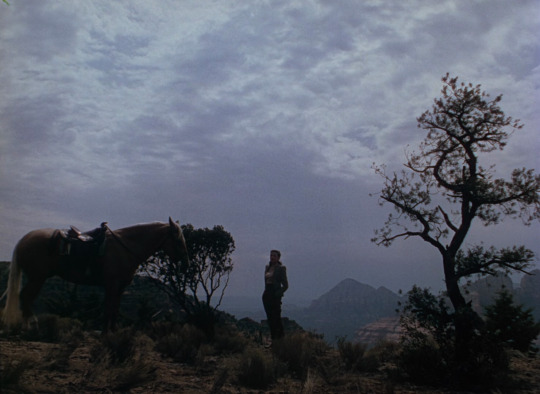
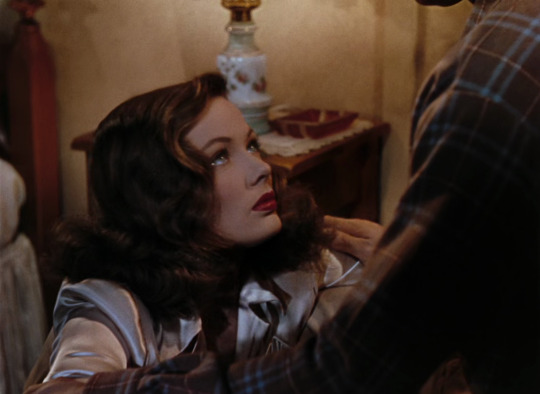

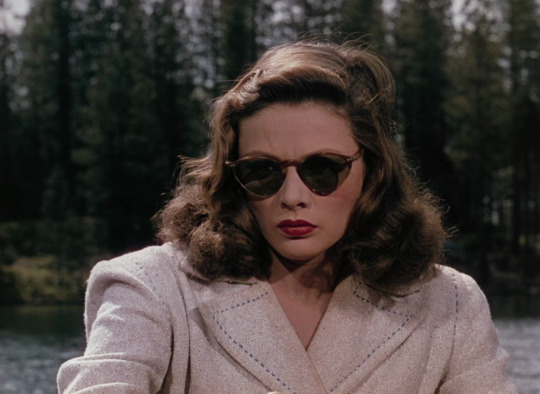


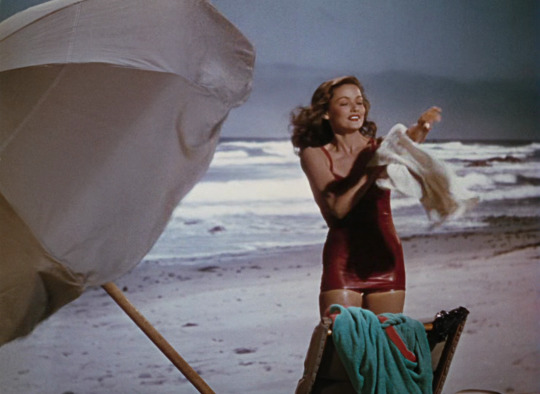


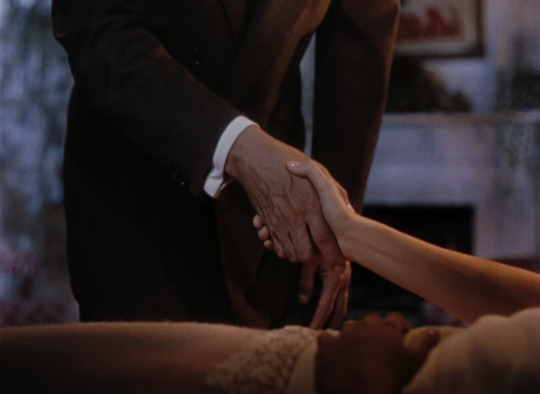
“In the beginning he loved me. But I’ll tell you something funny: he never liked me.”
Leave Her to Heaven (1945) dir. John M. Stahl
#leave her to heaven#1945#john m stahl#leon shamroy#gene tierney#cornel wilde#1940s#screencaps#noirvember#noir#november 2023
90 notes
·
View notes
Text
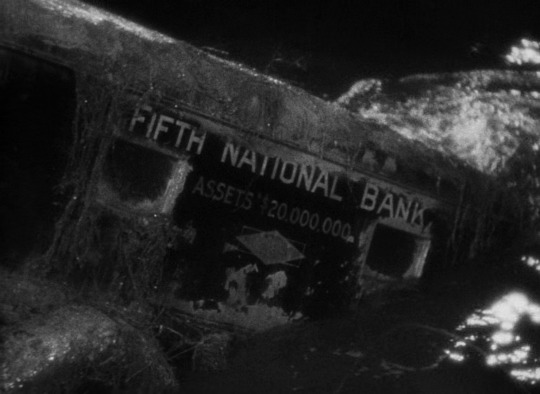
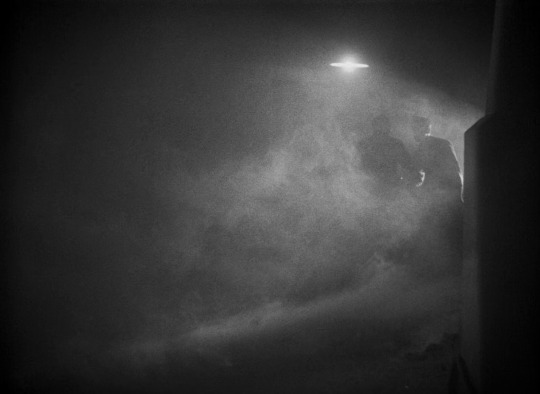

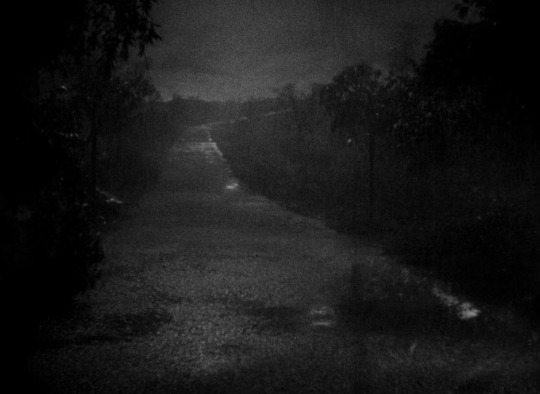

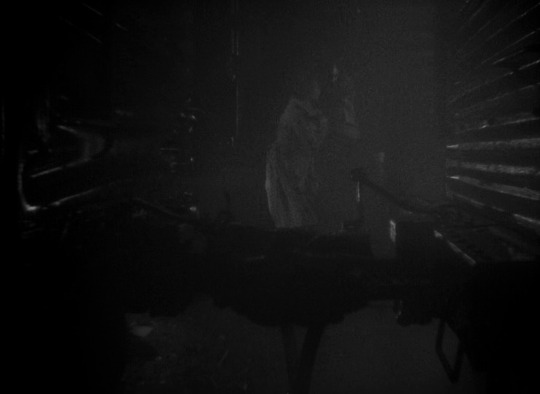

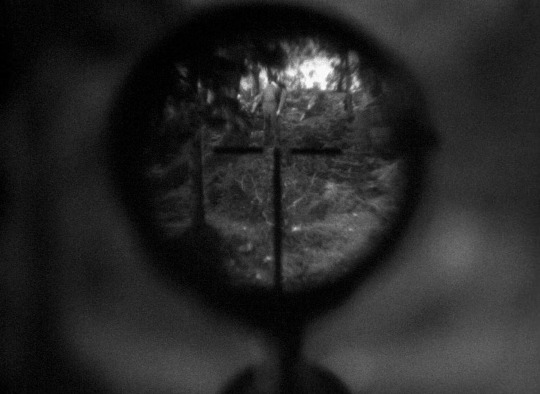


You Only Live Once (Fritz Lang, 1937).
19 notes
·
View notes
Text
Assistir Filme O Favorito dos Borgia Online fácil
Assistir Filme O Favorito dos Borgia Online Fácil é só aqui: https://filmesonlinefacil.com/filme/o-favorito-dos-borgia/
O Favorito dos Borgia - Filmes Online Fácil
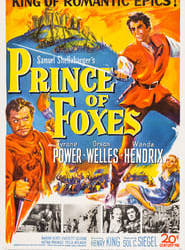
Neste épico cativante repleto de intriga, ação e romance, o belo e talentoso Tyrone Power brilha no papel-título como Andrea Orsini, um corajoso e ousado soldado. A história é ambientada na Itália na época da Renascença, onde a famosa e violenta família Borgia, comandada por Cesare Borgia (Orson Welles), está determinada a tomar as terras vizinhas e expandir o império, poder e riqueza da família. Como soldado-espião dos Borgias, Orsini é enviado a um pequeno território que Cesare espera capturar. Mas Orsini é cativado pela inteligência e charme do Duque e de sua jovem esposa. Dividido entre a lealdade e seu senhor e a crescente amizade com suas possíveis vítimas, Orsini se vê numa feroz e espetacular batalha que o força a confrontar suas próprias ideias de justiça e nobreza. A soberba fotografia de Leon Shamroy da região campestre italiana fornece um pano de fundo maravilhoso para este imperdível mistura de drama com aventura.
0 notes
Text
Daisy Kenyon (Otto Preminger, 1947)
Cast: Joan Crawford, Dana Andrews, Henry Fonda, Ruth Warrick, Martha Stewart, Peggy Ann Garner, Connie Marshall, Nicholas Joy, Art Baker. Screenplay: David Hertz, based on a novel by Elizabeth Janeway. Cinematography: Leon Shamroy. Art direction: George W. Davis, Lyle R. Wheeler. Film editing: Louis R. Loeffler. Music: David Raksin.



Daisy Kenyon (Otto Preminger, 1947)
130 notes
·
View notes